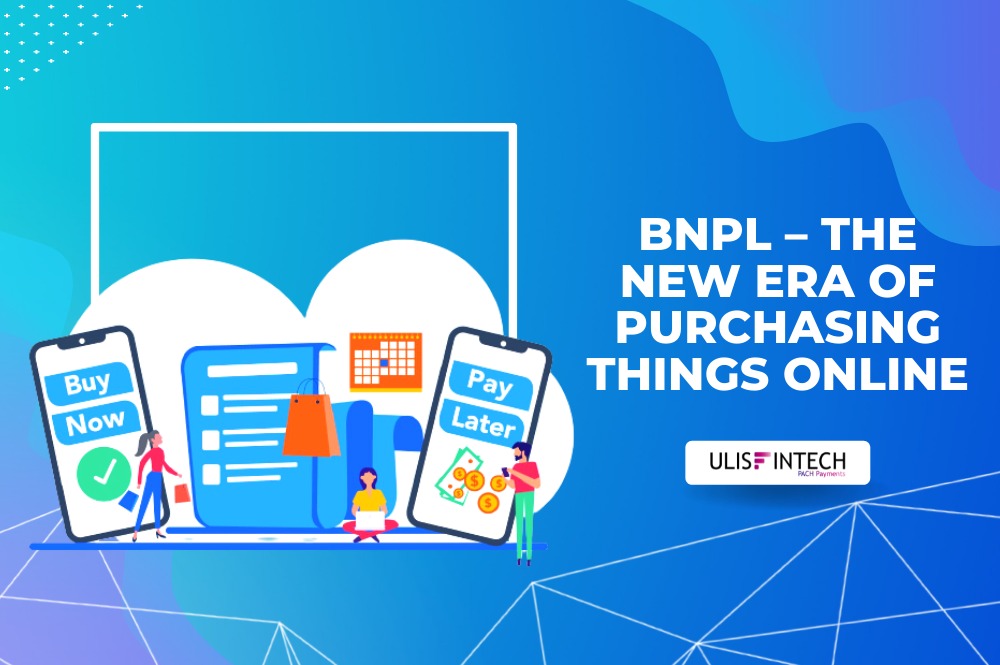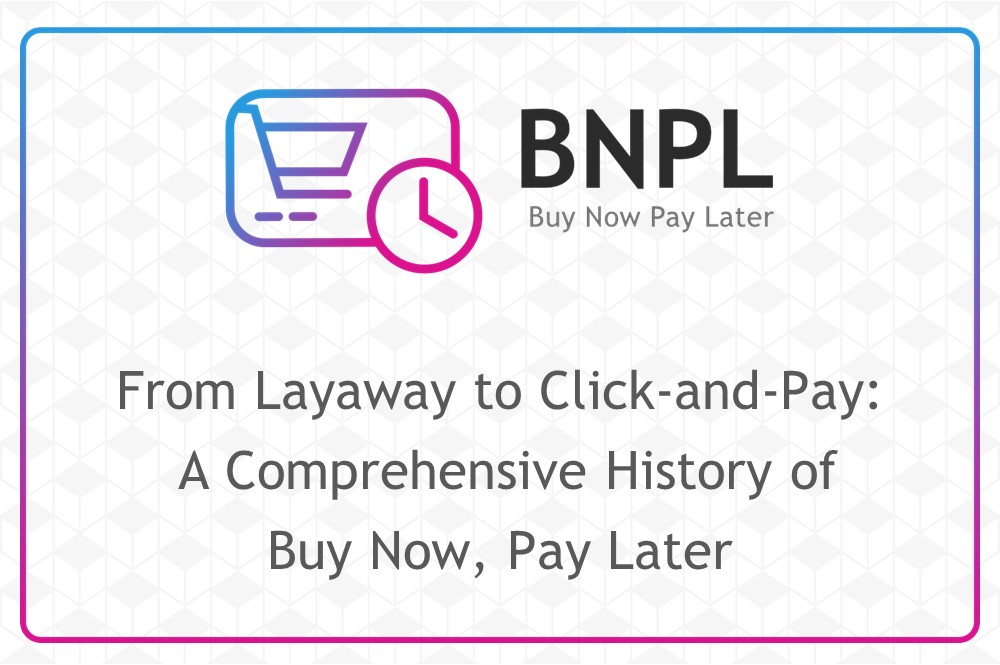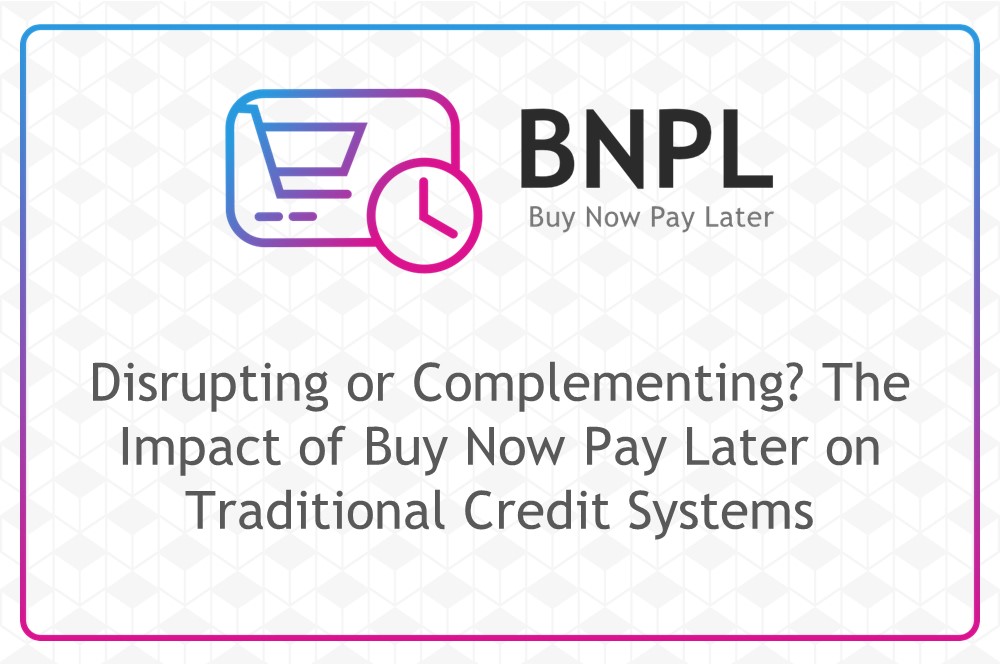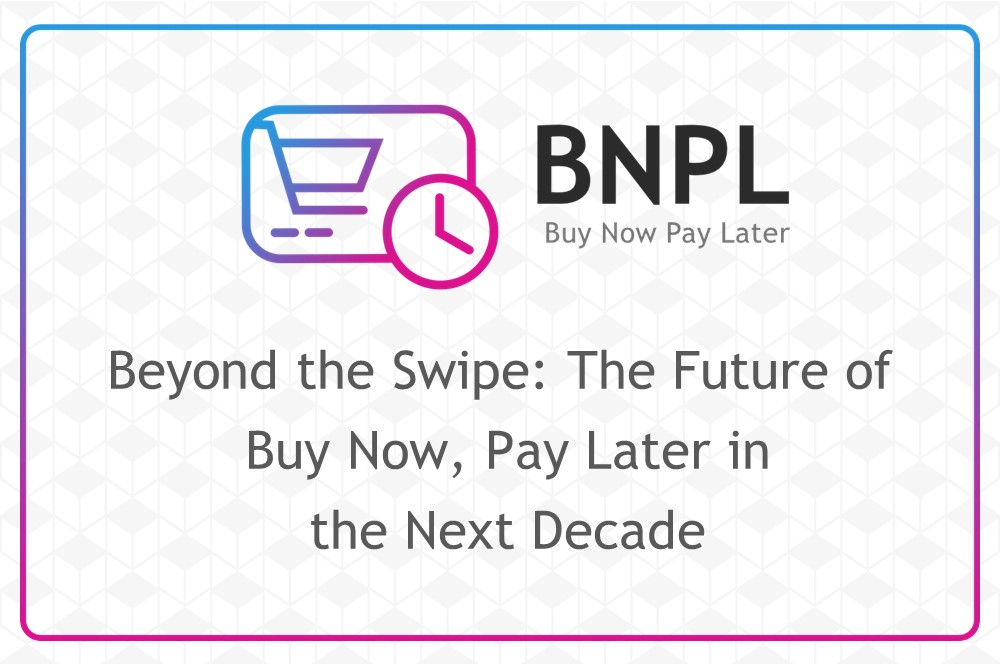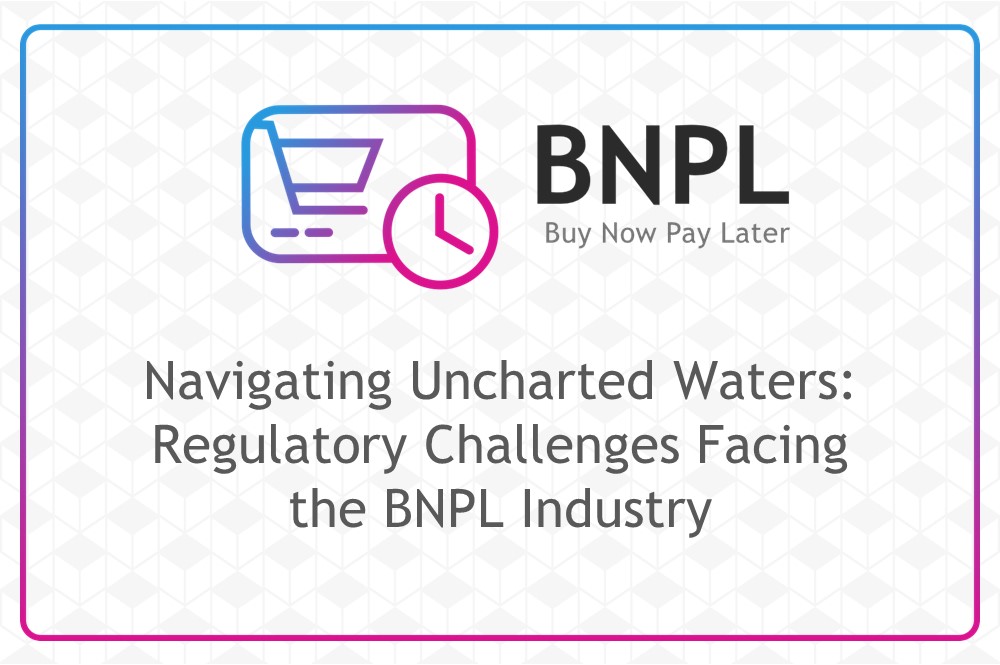Demystifying Money Magic: A Look Inside the Buy Now, Pay Later Business Model
Dec 19, 2024 - 2 MINS READ
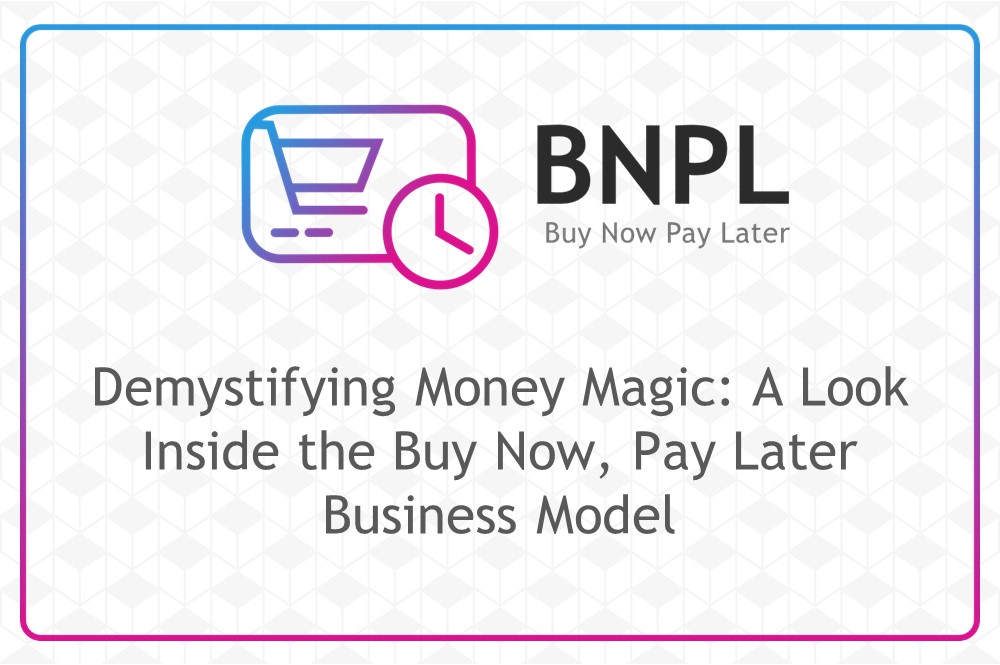
Understanding the BNPL Business Model: A Balancing Act
Buy Now, Pay Later (BNPL) has become a ubiquitous presence in online shopping. But have you ever wondered how these services actually make money? This blog post delves into the inner workings of the BNPL business model, exploring its revenue streams, key players, and the intricate balance it needs to maintain.
The Core of the Model: Splitting Payments and Balancing Interests
The basic premise of BNPL is simple: it allows consumers to split their purchases into smaller installments, typically interest-free or with low interest rates, over a set period. But behind this seemingly straightforward concept lies a complex business model with several key players:
-
BNPL Providers: These companies act as the facilitators, offering the BNPL option at checkout and managing the loan process. Examples include Klarna, Afterpay, and Affirm.
-
Merchants: The businesses that integrate BNPL options into their checkout process to potentially increase sales and conversion rates.
-
Consumers: The individuals who utilize BNPL services to finance their purchases.
Where Does the Money Flow? Unveiling the Revenue Streams
So, how do BNPL providers make money? Here's a breakdown of their primary revenue streams:
-
Merchant Fees: Merchants typically pay BNPL providers a fee for each transaction facilitated through their platform. This fee can be a percentage of the purchase price or a fixed fee per transaction.
-
Consumer Interest: While some BNPL services offer interest-free options, others may charge interest on larger purchases or late payments. This interest income contributes to the revenue stream.
-
Late Payment Fees: Failure to make BNPL payments on time can incur late fees, generating additional revenue for BNPL providers.
The Balancing Act: Managing Risk and Ensuring Sustainability
The BNPL business model thrives on a delicate balance between offering attractive credit options to consumers and managing risk for themselves. Here's how they achieve this:
-
Risk Assessment: BNPL providers utilize sophisticated algorithms to assess a consumer's creditworthiness, considering factors like purchase history and bank account information. This helps them determine eligibility for BNPL services and potentially limit credit exposure.
-
Data Analytics: Leveraging big data analytics allows BNPL providers to refine their risk assessment models and personalize BNPL offerings based on individual creditworthiness.
-
Responsible Lending Practices: Promoting responsible lending practices is crucial for BNPL providers. This includes clear communication of terms and conditions, late fee structures, and encouraging on-time payments to avoid over-indebtedness among consumers.
Beyond the Basics: Potential Challenges and Future Considerations
The BNPL model, while innovative, faces some potential challenges:
-
Regulatory Landscape: As BNPL continues to grow, regulations may evolve to address concerns around responsible lending and consumer protection.
-
Competition: The BNPL market is becoming increasingly crowded, with competition potentially leading to lower merchant fees and impacting profitability.
-
Consumer Debt: The ease of BNPL can lead to overspending and potential debt problems for consumers. Financial literacy initiatives are crucial to promote responsible BNPL usage.
Looking Ahead: A Dynamic and Evolving Landscape
The BNPL business model is constantly evolving, with technological advancements and changing consumer behavior shaping its future. Innovation in areas like open banking and artificial intelligence can potentially lead to more personalized BNPL offerings and more sophisticated risk management techniques.
Conclusion: A Model with Potential
The BNPL business model offers a convenient way for consumers to manage their finances and potentially increase purchasing power. However, its long-term sustainability hinges on responsible lending practices, evolving regulations, and continued innovation. As BNPL continues to navigate its growth phase, its impact on consumer behavior and the broader financial landscape will be a story to watch unfold
